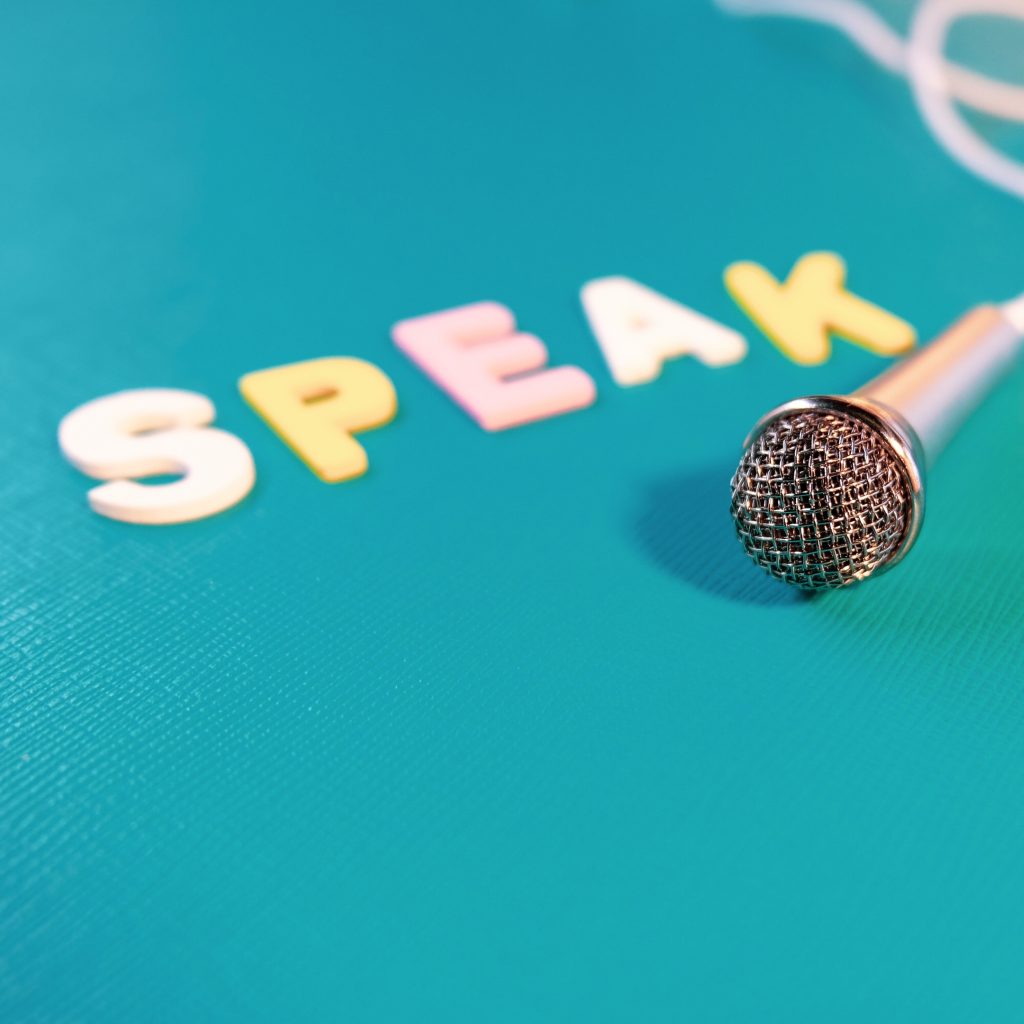Public speaking can be a daunting task for many, often hindered by pervasive myths that instill fear and doubt. These misconceptions can prevent individuals from expressing themselves effectively in various settings, from boardrooms to stages. By debunking these myths, we empower ourselves to communicate with confidence and clarity, unlocking new opportunities for personal and professional growth.
Myth 1: You Must Be a Natural Born Speaker
One of the most persistent myths is that effective public speakers are born with innate talent. While some individuals may possess natural charisma, public speaking is a skill that can be developed through practice and dedication. Countless successful speakers have honed their craft through coaching, workshops, and consistent performance, dispelling the notion that it’s an exclusive gift bestowed upon a select few.
Myth 2: Fear Will Always Paralyze You
Fear of public speaking is incredibly common, but it doesn’t have to be debilitating. Contrary to popular belief, nervousness can actually enhance performance by heightening focus and energy. Techniques such as deep breathing, visualization, and positive self-talk can help individuals manage anxiety and channel it into dynamic presentations.
Myth 3: Memorization Equals Success
Many people believe that memorizing their speech verbatim is the key to success. However, this approach often leads to robotic delivery and increased anxiety if a line is forgotten. Instead, speakers should focus on understanding their material thoroughly and practicing improvisation. This allows for greater flexibility and authenticity, fostering a stronger connection with the audience.
Myth 4: You Need to Be Perfect
Perfectionism is a common barrier to effective public speaking. While striving for excellence is commendable, expecting flawless performances sets unrealistic standards. Embracing authenticity and vulnerability can actually make presentations more relatable and engaging. Audiences appreciate speakers who are genuine and humble, rather than ones who appear overly rehearsed or polished.
Myth 5: People Will Judge You Harshly
The fear of judgment often prevents individuals from speaking up in public settings. However, audiences are typically more supportive and forgiving than we imagine. Most people empathize with the nervousness of speakers and admire their courage for stepping onto the stage. By reframing perceived criticism as constructive feedback, speakers can grow and improve with each presentation.
Myth 6: It’s All About Speaking, Not Listening
Effective communication is a two-way street that involves both speaking and listening. While delivering a compelling message is important, actively engaging with the audience is equally crucial. Encouraging questions, soliciting feedback, and fostering dialogue create a more interactive and memorable experience for everyone involved.
Myth 7: Only Extroverts Can Succeed
There’s a common misconception that only extroverted individuals excel in public speaking. In reality, introverts possess unique strengths, such as deep introspection and active listening, that can make them highly effective communicators. By embracing their natural tendencies and leveraging techniques like preparation and rehearsal, introverts can shine just as brightly on stage.
Myth 8: Visual Aids Are Always Necessary
While visual aids can enhance presentations, they’re not always essential. Over-reliance on slides or props can detract from the speaker’s message and create distractions. Speakers should use visual aids sparingly and purposefully, ensuring they enhance rather than overshadow their verbal communication.
Myth 9: You Have to Follow a Formula
Many public speaking resources promote rigid formulas or templates for crafting speeches. While these frameworks can be helpful for beginners, they shouldn’t stifle creativity or authenticity. Speakers should feel empowered to experiment with different styles and formats, tailoring their approach to suit their unique personality and audience.
Myth 10: Age or Experience Determines Success
Some individuals believe that only seasoned professionals or older individuals can command attention as public speakers. However, age and experience are not prerequisites for effective communication. Young people and novices bring fresh perspectives and enthusiasm to the stage, captivating audiences with their authenticity and passion.
Myth 11: Failure Is Inevitable
Failure is often viewed as a looming specter that can derail public speaking efforts. While setbacks are a natural part of the learning process, they shouldn’t define one’s journey. Embracing failure as an opportunity for growth and resilience can ultimately lead to greater success and mastery in public speaking.
Myth 12: Public Speaking Is Reserved for the Elite
Public speaking is often associated with high-profile figures or expert authorities. However, everyone has the potential to develop their speaking skills and share their unique perspective with the world. Whether speaking to a small group or a large audience, each individual has the power to inspire, educate, and influence others through effective communication.
Speak Up and Stand Out
By dispelling these false myths, we empower ourselves to embrace public speaking as a powerful tool for personal and professional growth. Through practice, perseverance, and a willingness to challenge conventional wisdom, anyone can become a confident and impactful speaker. So let go of fear, embrace authenticity, and let your voice be heard. The world is waiting to listen.

Ashleigh Clyde is a dedicated youth advocate, journalist, and researcher. Passionate about shedding light on important issues, such as financial literacy and marketing tactics. She has extensive experience in entertainment journalism.















